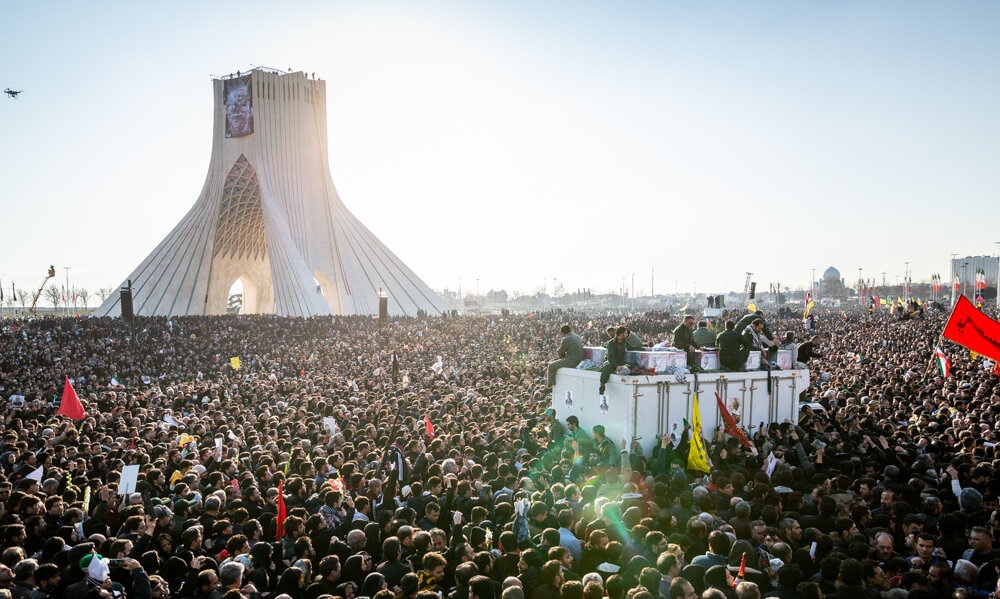
Saudi Arabia’s King Abdullah died last Friday. Salman bin Abdulaziz has been the Crown Prince and successor to the throne since his appointment in March of 2012 and his ascension to authority was uncontested. So far, few have expressed concern that the country will experience instability as a result, even though unconfirmed reports indicate that Salman may be gravely ill and the wider Middle East is going through a particularly turbulent period.
In contrast, when North Korea’s Kim Jong-il died in December of 2011, many anticipated that unrest would follow even though his son, Kim Jong-un, had been the heir apparent since 2009. Indeed, during the younger Kim’s recent hiatus from public life, (reportedly due to gout or another illness affecting his ability to walk) speculation ran wild about a power struggle in Pyongyang and North Korea’s imminent collapse.
How often does a leader’s death presage violence, instability or outside intervention? Is it more likely in cases like Saudi Arabia and North Korea, where leaders enter office as a result of “ascription” or based upon their relatively arbitrary placement in power by birthright? We might expect that these political arrangements are outmoded and more likely to be challenged by ideals like popular authority or even by authoritarian alternatives like military rule or other relatively more meritocratic means of leader selection like party leadership or ideology. The death of a leader seems like the perfect opportunity for a break with the past, but is it? Are hereditary regimes going the way of the dodo and cable TV?
Since I’m working on a related question for a project in my academic life, I have some data handy to help. Using Goemans, Gleditsch, and Chiozza’s terrific Archigos data on political leaders as a base, I added data on civil war and on countries’ political characteristics during each year that a leader was in office. Particularly interesting for us are the years in which a leader dies in office and the year or two that follows.
The Archigos data contains information on political leaders from 188 countries between 1875 and 2004. During the study period, there were 1,918 years in which a leader exited office and 154 leaders died while in office. So dying in office occurs in about 8% of exits; it’s not common, but it’s not terribly uncommon either. Of those 154, only 12 occurred in countries where succession was hereditary. And in none of the hereditary cases did civil war break out in that year or in the following year. Nor did an anarchic breakdown, political transition, or foreign intervention (regime interruption) take place that year or shortly thereafter. The regimes were remarkably durable in the face of their leaders’ deaths. In every case but Afghanistan (where the subsequent leader was imposed by a foreign government), a regular transfer of power occurred. It is worth noting that 50% of the successors were ousted in an “irregular” manner, usually overthrown. But in technical political science terms, a lot of time and sh*% often went down before that happened. The leadership transfers were relatively smooth.
In order to make a suitable comparison to the cases above, we’ve so far looked at all deaths, but we might also be interested in whether “irregular” death in office is more likely to be followed by internal instability — what if someone assassinates the leader. In the 12 cases of a hereditary leader’s death, only one was not due to natural causes, and that was the assassination of Nasser al-Din Shah Qajar of Iran on May 1, 1896. Unfortunately, there isn’t much of a pattern with only one case. If we broaden our gaze to include all irregular deaths in office though, we do see a bit more instability. Thirty leaders left their offices as a result of irregular leadership changes that caused their deaths. In two countries, the United States and Vietnam, it happened twice. Six of those countries were involved in civil wars in that year or the following year, three experienced political collapse and one experienced a fundamental political transition.
In the end, the disparate expectations regarding political stability upon the death of King Abdullah and Kim Jong-il probably have more to do with the political inclinations of their authors than the actual chances of regime change or governmental collapse. The two countries disparate economic circumstances may explain a bit of the difference, but other poor countries with similar systems of rule, like Haiti during the Duvalier period, have also not faltered with a leader’s death. In the few countries where hereditary leadership remains, there’s a fairly good chance that it will endure, even if the designated successor is more likely to falter than his predecessor.







3 comments
Great article! It would be interesting to combine the Archigos dataset with Geddes et al’s dataset on regime breakdowns to see what effect (if any) regime type has on the likelihood of instability following deaths of leaders in office.
I really like the paper by Olken and Jones (“Do Leaders Matter?”, QJE) on this topic. They also do not find much of an effect of leader death on internal and interstate wars, but say that this may be because such events are rare.
This was highly informative!!!